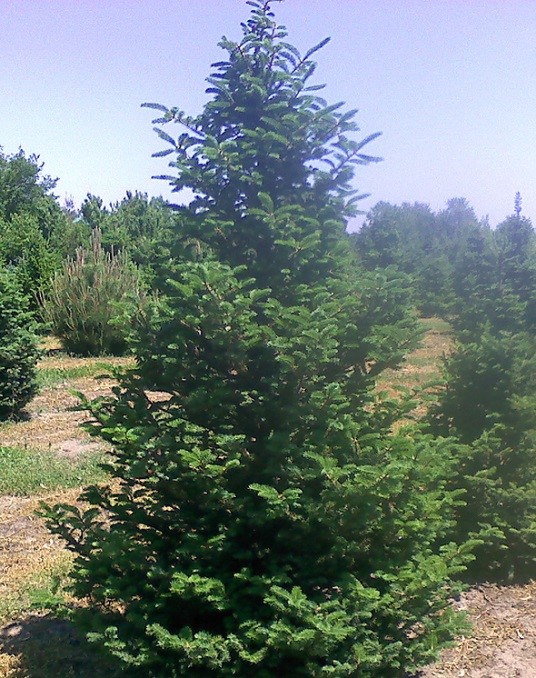 The Balsam Fir is located in Northeast US; Nice aroma, good needle retention, short, soft, deep green needles; medium to fast growth rate; prefers full to partial sun; tolerates a variety of soils; often grown for Christmas trees, ornamentals, and timber. Zone 2-4
The Balsam Fir is located in Northeast US; Nice aroma, good needle retention, short, soft, deep green needles; medium to fast growth rate; prefers full to partial sun; tolerates a variety of soils; often grown for Christmas trees, ornamentals, and timber. Zone 2-4

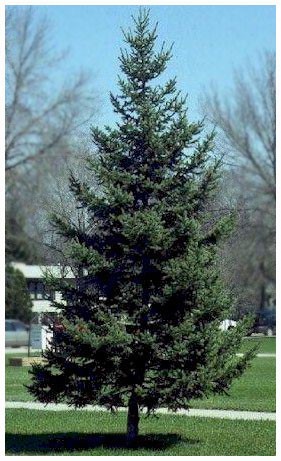 Black Hills Spruce Has short blue-green needles; medium growth rate; prefers full to partial sun; does best in moist soils but is tolerant of a variety of soils; often grown for timber or wildlife. Zone 2-5
Black Hills Spruce Has short blue-green needles; medium growth rate; prefers full to partial sun; does best in moist soils but is tolerant of a variety of soils; often grown for timber or wildlife. Zone 2-5
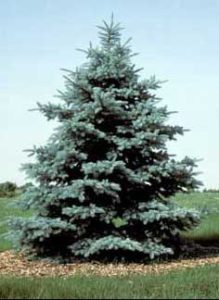
Colorado Blue Spruce The Colorado Blue Spruce, our most popular species, is a hardy, adaptable tree with short needles; slow growth rate; prefers full to partial sun; does best in moist, well drained soils, but is tolerant of other soils. Zone 3-7
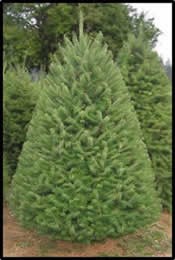 Douglas Fir Selected for its compact shape and good Christmas tree characteristics; slow growth rate, needs full sun, is tolerant of a variety of soils but does not do well in wet soils; often grown for Christmas trees, ornamentals and timber. Zone 4-6
Douglas Fir Selected for its compact shape and good Christmas tree characteristics; slow growth rate, needs full sun, is tolerant of a variety of soils but does not do well in wet soils; often grown for Christmas trees, ornamentals and timber. Zone 4-6
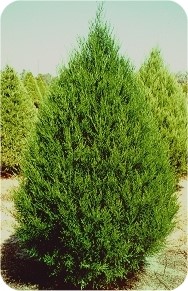 Eastern Red Cedar Native to the Midwest. Tolerant of most soil types and weather conditions. An excellent windbreak tree with moderate to fast growth rate. Will grow in full sun to partial shade. Zone 2-9.
Eastern Red Cedar Native to the Midwest. Tolerant of most soil types and weather conditions. An excellent windbreak tree with moderate to fast growth rate. Will grow in full sun to partial shade. Zone 2-9.
Fraser fir, Abies fraseri, is the iconic Christmas Tree. With its soft, blue-green needles and stong central leader, the also make a great accent tree. They don't do well in heavy clay soils, but prefer hillsides and well drained soils. They retain their needles well after being cut, which makes them an excellent choice for live cut Christmas trees. Zone 4-6
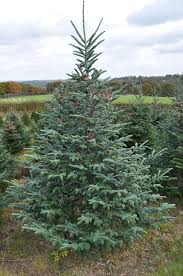
Meyer Spruce Picea meyeri- The Meyer Spruce can withstand a wide range of temperatures. Soft uniform blue-green color, medium growth rate; is tolerant of shade, tolerates a wide range of soil conditions and is very drought tolerant. Zones 2-8
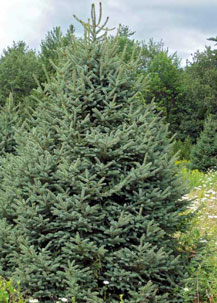
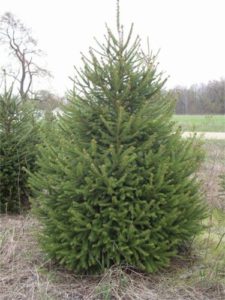
Norway Spruce Has dark green draping branches; fast growth rate; prefers full to partial sun; does best in moist, well drained soils; often grown for timber, shelter belts, wildlife, and ornamentals. Zone 3-7
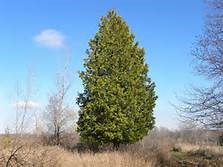 White Cedar - tiny, scaled shaped needles on fan shaped sprays, slow growth rate; prefers full to partial sun; does best in well drained soils, will grow on saturated soils, swamps; often planted for wildlife. Zone 3-7
White Cedar - tiny, scaled shaped needles on fan shaped sprays, slow growth rate; prefers full to partial sun; does best in well drained soils, will grow on saturated soils, swamps; often planted for wildlife. Zone 3-7
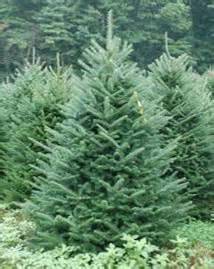 White Spruce grows moderate – Fast. White Spruce a beautiful tree and a very good choice for accent trees or windbreaks. It tends to keep its conical shape and is less likely to produce multiple leaders than other spruces as it matures. It is very tolerant of both drought and wet conditions and can thrive with more shade than most conifers. It is an excellent substitute for Colorado Spruce or any of the pines. Its more narrow growth habit makes it an excellent choice for smaller yards and tighter spaces. The wood of the white spruce is commonly used in both building materials and the making of musical instruments. Due to its tight branching, the White Spruce is a favorite nesting site for many songbirds. Zone 2-7
White Spruce grows moderate – Fast. White Spruce a beautiful tree and a very good choice for accent trees or windbreaks. It tends to keep its conical shape and is less likely to produce multiple leaders than other spruces as it matures. It is very tolerant of both drought and wet conditions and can thrive with more shade than most conifers. It is an excellent substitute for Colorado Spruce or any of the pines. Its more narrow growth habit makes it an excellent choice for smaller yards and tighter spaces. The wood of the white spruce is commonly used in both building materials and the making of musical instruments. Due to its tight branching, the White Spruce is a favorite nesting site for many songbirds. Zone 2-7
